|
Technical Programs
*Final
program (click)
| Program
at a Glance |
 |
2004. 11. 30 (Tue.)
| |
310-A |
310-B |
310-C |
311-A |
311-B |
311-C |
304 |
104 |
| 09:00 ~ 11:45 |
T1 Mark Billinghurst |
T2 Makoto Sato |
T3 Jay Lee |
W1 |
W2 |
W3 |
W4 |
EXHIBITION |
| 11:45~ 13:00 |
Lunch |
| 13:00~ 13:50 |
Invited Talk I
: Joseph Konstan (304) |
| 13:50~14:10 |
Coffee Break |
| 14:10~ 16:40 |
T4 Hideo Saito |
T5 Thad Starner |
Exhibition sketch |
W1 |
W2 |
W3 |
SS1 |
| 17:00~ 17:50 |
Invited Talk II
: Jose Encarnacao (304) |
| 18:00~
19:30 |
Welcome Party (105) |
|
2004. 12. 1 (Wed.)
| |
101 |
102 |
104 |
| 08:15 ~ 08:30 |
Opening Ceremony |
EXHIBITION |
| 08:30 ~ 09:20 |
Keynote Speech : Susumu Tachi |
| 09:20 ~ 09:35 |
Coffee Break |
| 09:35 ~ 10:55 |
S1 |
S2 |
| 11:05 ~ 12:25 |
S3 |
S4 |
| 12:25 ~ 13:40 |
Lunch |
| 13:40 ~ 14:30 |
Invited Talk III
: Dan Sandin |
| 14:30 ~ 14:50 |
Coffee Break |
| 14:50 ~ 16:10 |
S5 |
S6 |
Poster
Session I
(Lobby) |
| 16:20 ~ 17:40 |
S7 |
S8 |
| 18:00 ~ 18:50 |
Invited Talk IV
(Banquet) : Yoichiro Kawaguchi |
|
2004. 12. 2 (Thu.)
| |
101 |
102 |
104 |
| 08:30 ~ 09:20 |
Invited Talk V
: Rosalind Picard |
EXHIBITION |
| 09:20 ~ 09:40 |
Coffee Break |
| 09:40 ~ 11:00 |
SS2 |
S9 |
Poster
Session II
(Lobby) |
| 11:10 ~ 12:10 |
S10 |
| 12:10 ~ 13:30 |
Lunch |
| 13:30 ~ 15:30 |
S11 |
S12 |
| 15:45~ 16:15 |
Closing Ceremony |
|
| Presentation
Schedule |
 |
|
Invited
Talks
|
 |
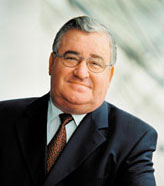
|
|
■Prof.
Jose Encarnacao
* Fraunhofer IGD, Director
-
"Making AmI Happen" |
| |
A report on projects
implementing the Ambient Intelligence (AmI) vision
In this presentation first the AmI (Ambient Intelligence)
vision which was developed by the EU ISTAG (Information
Society Technologies Advisory Group) and which is an important
part of the EU Framework Research Programme (FP6) will
be presented and described in detail. Then the issues,
technologies and R&D.htmlects of making it happen will
be elaborated and discussed. Finally, some examples of
projects implementing AmI will be discussed and analysed.
From there, trends, expectations and opportunities for
AmI and the impact of related applications will be developed,
described and analysed. |
| |
|
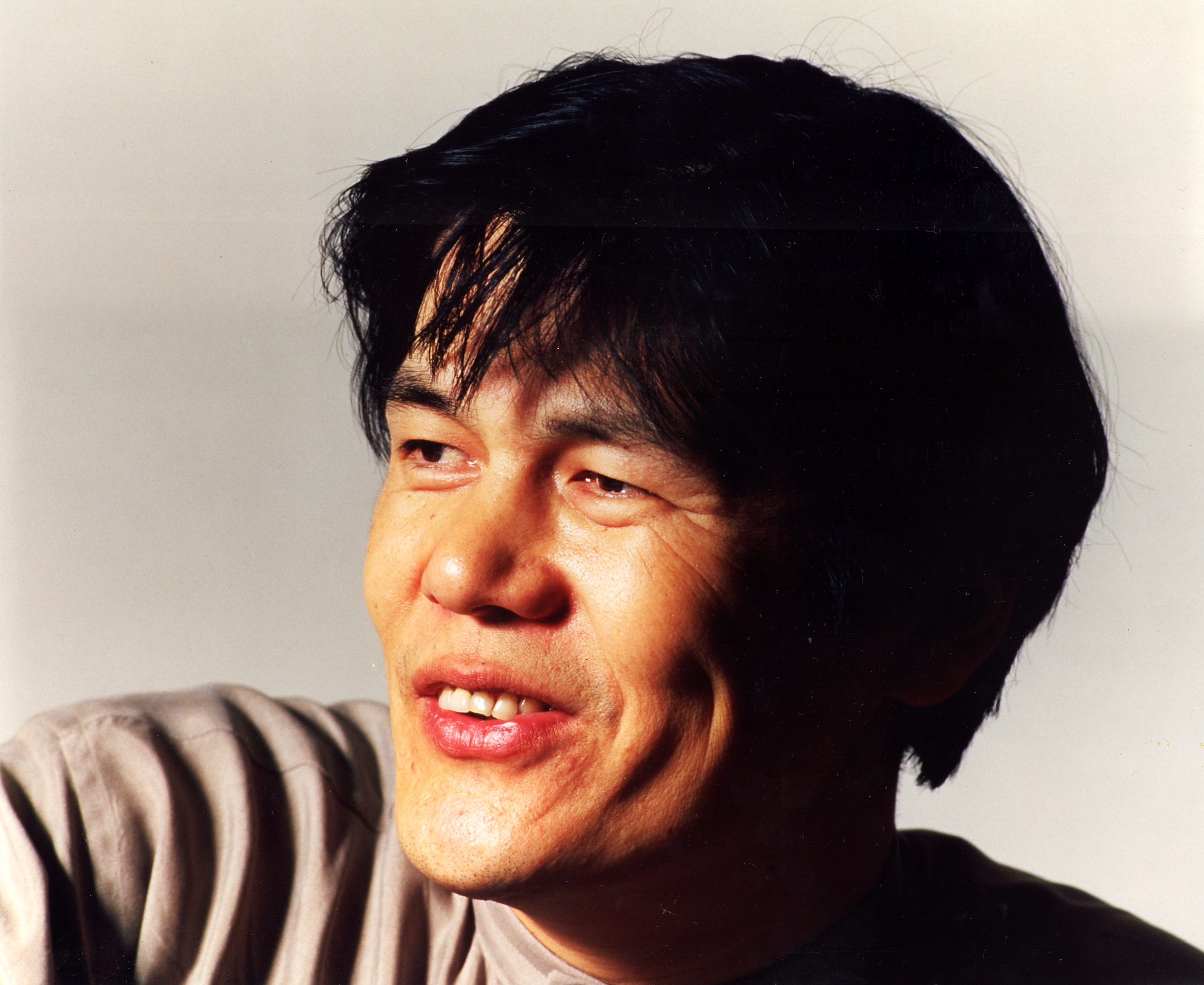
|
|
■ Prof.
Yoichiro Kawaguchi
* University of Tokyo
-
"Growth, Morphogenesis and "Gemotion"
|
| |
I would like to reflect on my computer graphics art
work from the voyage of those 20 years. Such reflections
should directly result in a perception of what course
my own creative will is taking at present. Throughout
those series, Growth, Morphogenesis and "Gemotion"-
recent series on interactive performance or installation,
perhaps we can construct computer graphics so that it
will push out in a wider sphere the viewpoints of artistic
materials which can surpass the various genre divisions
of the separate actions of the human receptacles like
seeing and listening. |
| |
|
 |
|
■ Prof.
Rosalind Picard
* MIT Media Lab, TTT(Things
That Think) Consortium Chair
-
"Toward Machines with Emotional Intelligence"
|
| |
The skills of "emotional intelligence"
have been argued to be among the most important for
people, even more important than mathematical and verbal
intelligences. Emotional intelligence includes the ability
to recognize emotion -- to see if you're irritated or
annoyed someone, pleased or displeased them, bored or
interested them. It includes the ability to know when
to show emotion (or not), and how you should respond
to another's emotions, as well as many other skills.
In this talk, I'll describe how we're giving computers
new skills of intelligence, specifically the ability
to recognize and respond appropriately to human emotion.
I'll show examples of systems that try to assess interest,
frustration, stress, and a range of other states that
occur when interacting with computers. These systems
involve new kinds of sensing for desktop, wearable,
and other environmental interfaces, as well as the development
of new pattern recognition and machine learning algorithms
for drawing inferences about the multimodal data.
Current applications include human learning, usability
feedback, health behavior change, and human-robot interaction.
|
| |
|
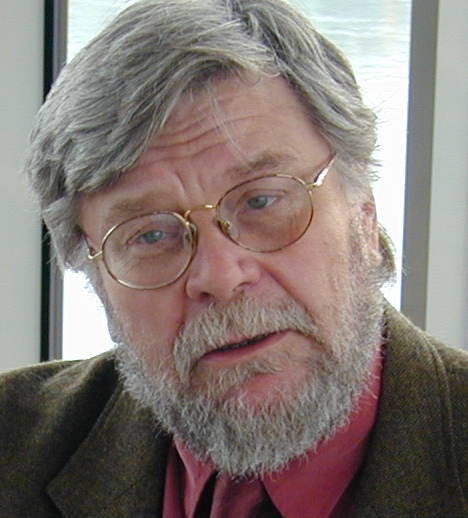 |
|
■ Prof.
Dan Sandin
* University of Illinois at
Chicago,
EVL(Electronic Visualization
Lab) Director
- "VR
without Attachments" |
| |
One of the continual criticisms of VR is that one has
to put on gear. In the case of head-mounted displays one
has to put on a helmet or visor, and in the case of projection-based
displays one has to put on stereo glasses and usually
a head tracking device. Advancements in camera based tracking
and auto-stereo makes it possible to walk up to a display
and have a VR experience “in your face” without wearing
apparatus, or putting on glasses. This presentation will
review camera tracking and auto stereo methods in general
and describe in detail the methods used to create the
Varrier™ auto stereo VR system developed at EVL. Auto-Stereo
in the Varrier™ system is implemented using 35 LCD panels
with barrier strips. Camera tracking is based on neural
net face recognition algorithms. |
| |
|
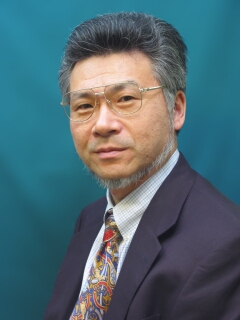 |
|
■
Prof.
Susumu Tachi
* University of Tokyo, General CoChair of ICAT
2004
- "Recent
Advances in Telexistence" |
| |
This presentation describes recent advances
in telexistence, which fuses robotics, virtual realiy
and network technology. A telexistence system using RPT(Retro-reflective
Projection Technology)and a humanoid robot with reto-reflective
covering has been proposed and proved to be a promising
approach toward the realization of mutual telexistence.
Another approach is the development of TWISTER (Telexsistence
Wide-Angle Immersive STEReoscope), a 360-degree immersive
full-color cylindrical display with stereoscopic vision
without requiring specialized eyewear, designed for face-to-face
telecommunication as if users exist in the same virtual
3D space. |
| |
|
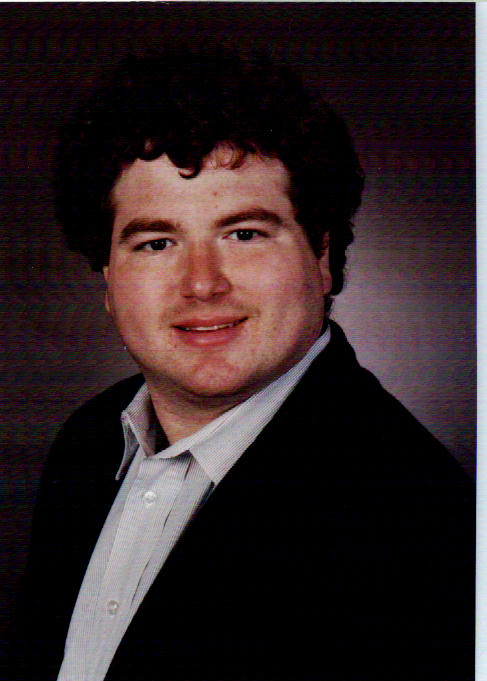 |
|
■
Prof.
Joseph A. Konstan
* University of Minnesota, President
of ACM SIGCHI
- "The
Human Factor in Mobile and Wearable Technologies: Making
the Transition from Science to Social Good"
New technologies are often inherently interesting to researchers
yet have little immediate impact on everyday life. In
this talk, I review a variety of research examples that
show how a solid understanding of the needs, habits, and
behaviors of human users can lead meaningful applications
of mobile and wearable technologies.
In addition to reviewing work from across the field of
human-computer interaction, I will present new and as-yet
unpublished results on user studies of GPS-enabled cell
phone data and research designs for a suite of location-aware
mobile applications designed to support communities by
helping people build upon weak social ties to form stronger
ones. The Human Factor in Mobile and Wearable Technologies:
Making the Transition from Science to Social Good
|
|
Tutorials
|
 |
|
Workshops
|
 |
■
W1
: Intelligent Virtual Environment and Mixed Reality
* Co-chairs : Hyun S. YANG (KAIST), Zheng Xing SUN
(Nanjing University), Dong Jo Park( KAIST)
■
W2
: VR and Entertainment Technology
* Co-chairs : Heedong Ko(KIST), Wookho Son(ETRI), Jeffrey
Kim(Hahn Shin Corp.)
■
W3
: Tangible Space Initiative
* Chair: Sungdo Ha (KIST)
■
W4
: Ubiquitous Computing
* Chair : Jee In Kim(Konkuk Univ.)
| Special
Session Ι |
 |
| Special
Session ΙΙ |
 |
|
Exhibition
|
 |
■ VR and
Media Art & Technical Exhibition
- Place : COEX Grand Ballroom #104 & Lobby
- Date : November 30 ~ December 2, 2004
|

